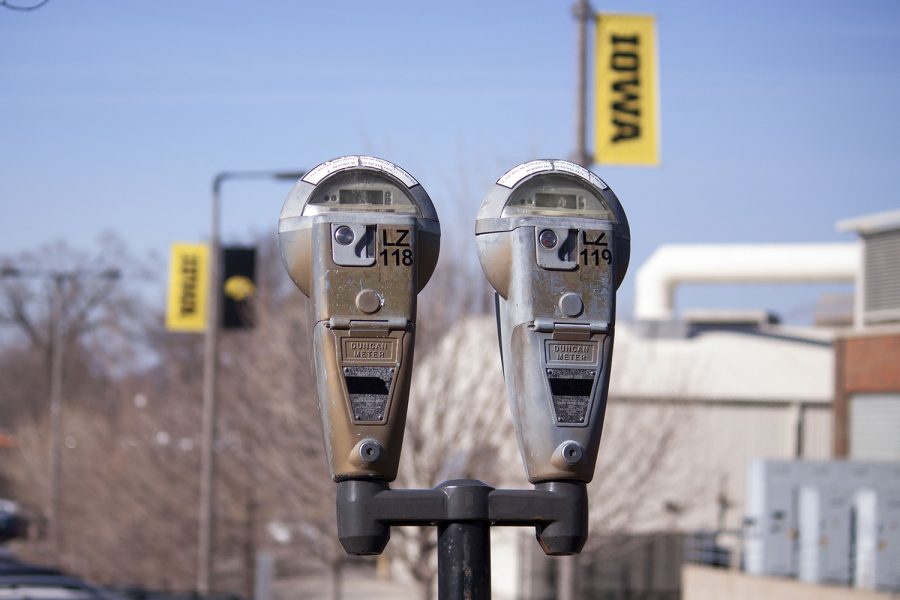The University of Iowa police spent the past year dealing with fewer incidents, according to a recent state Board of Regents report.
In 2013, there were 1,819 total charges, according to the report. In 2014, charges dropped to 972.
The report also says the total number of people arrested from 2013 to 2014 also dropped by almost half, 1,406 to 759.
Though the numbers look good, one university official said there is no rhyme or reason for the drop.
“Over my career, I have seen numbers go up and down,” David Visin, the interim assistant vice president for UI Public Safety, wrote in an email. “As we increase [the number of] students at the university, these numbers may go up as our student population increases. However, I would hope it is an indication that efforts to change our campus climate are heading in the right direction, but I cannot be positive about that, because there are so many factors in play.”
At the UI, one factor for fewer charges, he said, is the earlier starting times for football games compared with night games, which resulted in fewer open-container citations.
“We are seeing better cooperation with open-container rules around the stadium,” Visin said. “We hope it is that fans are getting used to the new rules and better behavior all around.”
He said other factors are focusing on addressing fighting and violence on downtown patrols, as well as the addition of a campus officer at the UI Hospitals and Clinics emergency room during the evening and early morning hours.
At Iowa State University, the number of offenses and incidents decreased by around 200 during 2013 to 2014, 2,214 to 2,042, which is not much when viewed in perspective, said ISU Police Lt. Elliott Florer.
“It could be a combination of several factors, and every campus is different,” he said. “At ISU, we have quite a bit of outreach for faculty and staff with the classes we teach and social media to get ahold of people.”
Florer said it is hard to evaluate specifically the reason for data shifts.
“Looking at the numbers is one thing, but I always worry about victims of crimes that were not reported,” he said. “You look at 20 or 30 more arrest numbers, and it’s pretty close, statistically speaking.”
At the University of Northern Iowa, the annual total of charges also went down from 197 in 2013 to 156 in 2014. The total number of people arrested at UNI went from 153 to 127.
However, in one category at UNI — number of offences/incidents — the numbers went up from 650 to 913.
UNI public-relations manager Lindsay Cunningham said there is not only one factor to explain the data but weather-related events could be one.
For example, at the Sept. 20, 2014, Homecoming parade, a rainstorm hit, which resulted in fewer arrests and charges.
To further reduce the number of arrests and charges, campus police have joined with university students and faculty raise awareness of campus safety.
“[This past fall], we were part of the ‘It’s On Us’ campaign that educated folks on abuse and relationships,” Cunningham said. “It’s a step in the right direction, where students and staff are working together on something.”
In all, campus officials said there are numerous factors that contribute to reasons for the high or low number of charges on campus.
Visin pointed to the UI’s alcohol-education efforts and local alcohol-related laws as ways to keep the numbers down.
“I would also hope that students, with influence from their parents, peers, and instructors, are focusing more on their education and getting their degrees rather than using alcohol irresponsibly,” he said.






